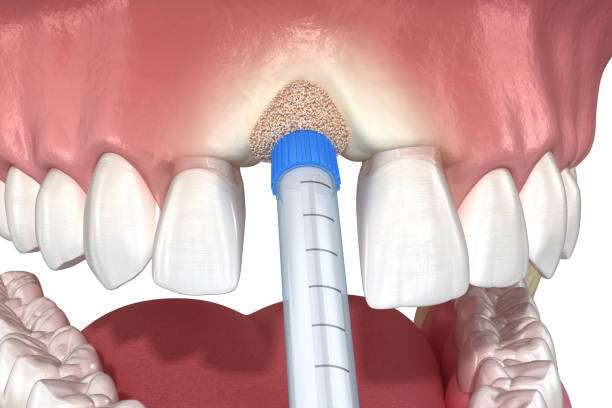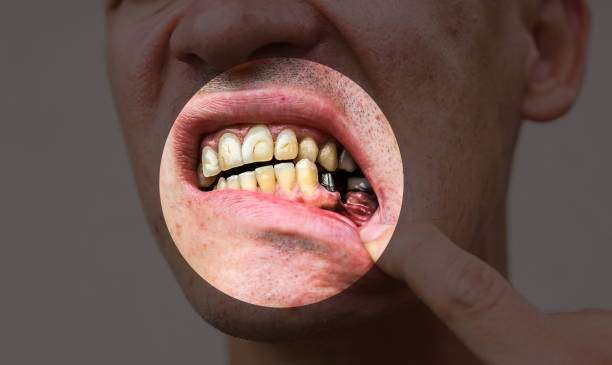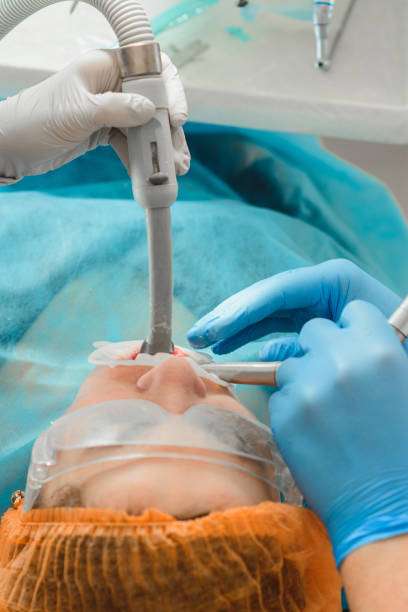We offer the best quality and affordable prices here in Mexico, At BajaDent Tijuana.

A dental bone graft is a common dental surgery used to strengthen the jawbone, typically needed when a patient has experienced bone loss due to tooth extraction, gum disease, or trauma. During the procedure, bone tissue from the patient, a donor, or a synthetic source is added to the deficient area, creating a scaffold for the body to regenerate bone. This provides a stable base for dental implants or other restorative treatments, helping patients regain oral health and enhance their smile.
Dental bone grafts are frequently performed in preparation for dental implant placement. If there is not enough bone to support an implant, a graft can be used to build up the bone volume and ensure the implant’s stability.
When a tooth is extracted, especially if it is a molar or has severe infection or decay, bone loss in the surrounding area can occur. A bone graft may be needed to preserve the bone structure for future implant placement.
If the jaw ridge is too thin or shallow to support dental implants, ridge augmentation may be performed to widen and heighten the ridge through bone grafting.
In the upper jaw, the sinuses are situated close to the tooth roots. When teeth are lost in this area, the sinuses can expand and reduce the available bone for implants. A sinus lift procedure involves adding bone graft material to lift the sinus membrane, creating more space for dental implants.
Severe periodontal disease can lead to bone loss in the jaw, which may require bone grafting to regenerate the lost bone and provide a stable foundation for teeth.

Facial trauma or injury can result in bone loss in the jaw. In these cases, bone grafts may be necessary to repair and reconstruct the damaged bone.
There are different types of materials that can be used for bone grafting in dentistry, including:
Bone is taken from the patient’s body, often the hip, jaw, or tibia, and autografts are preferred for their superior integration potential.
Bone material obtained from human donors, processed and sterilized for safe use in patients.
Bone grafts come from animals like cows or pigs. Xenografts are processed to lower the risk of rejection by removing organic material.
Artificial bone graft materials created in a laboratory, such as calcium phosphate or calcium sulfate.
Dental bone graft procedure overview:

Dental bone grafts provide crucial structural support for dental implants, restoring the ability to eat, speak, and smile confidently. They promote bone regeneration, ensuring long-term implant stability and preserving facial structure. With adaptable graft sources, such as the patient’s own bone, donor tissue, or synthetics, they suit a broad range of patients, enhancing oral health, aesthetics, and overall well-being.
Dental bone grafts, though generally safe and effective, come with potential risks. These include infection at the surgical site, rare graft rejection, and possible post-operative discomfort, swelling, or bruising. There’s also a small risk of nerve damage or injury to nearby structures. These risks can be minimized with proper evaluation, preparation, and post-operative care, emphasizing the importance of discussing them with a healthcare provider before the procedure.
Q: What is a dental bone graft, and why might I need one?
Q: Is a dental bone graft a painful procedure?
Q: How long does a dental bone graft procedure usually take?
Q: Can anyone get a dental bone graft, or are there restrictions?
Q: Is there a recovery period after a dental bone graft, and how do I care for it?
Q: What is the success rate of dental bone grafts?
Q: Can I eat normally after a dental bone graft?
Q: Are there any risks or complications associated with dental bone grafts?
Q: How long does it take for the grafted bone to integrate and be ready for dental implants?
Q: How can I maintain oral health after a dental bone graft?
To book your appointment, simply click the button to submit an online appointment request.